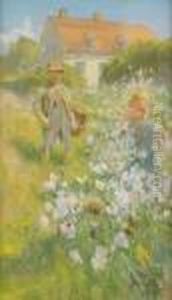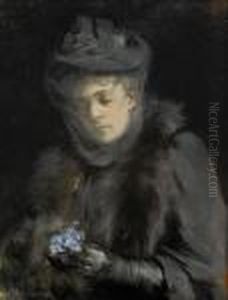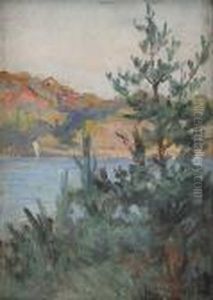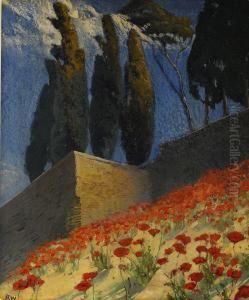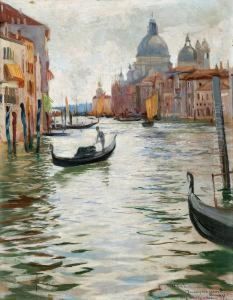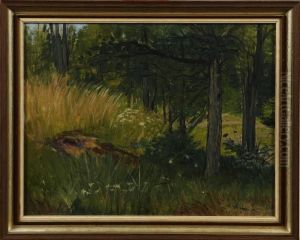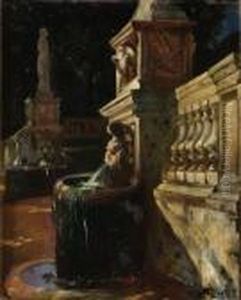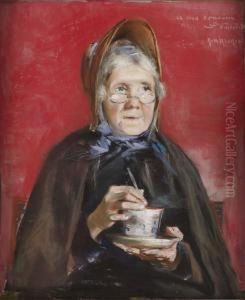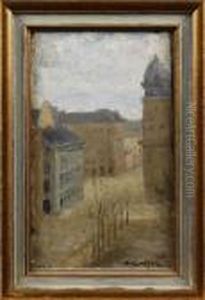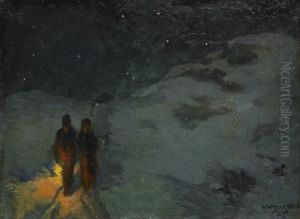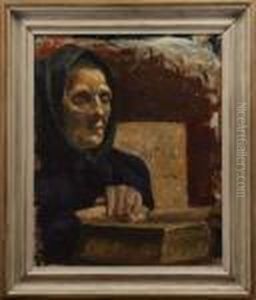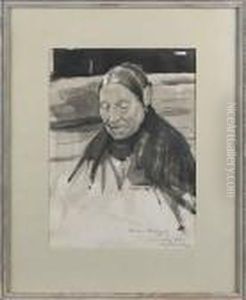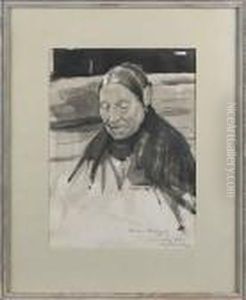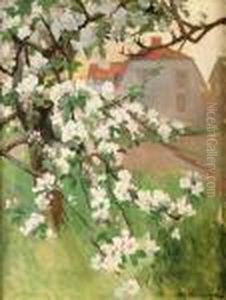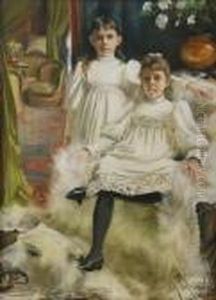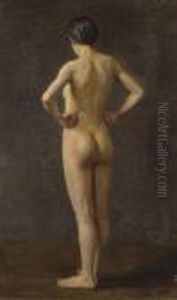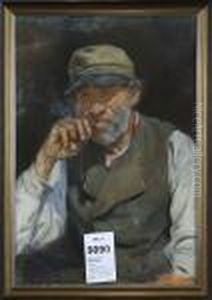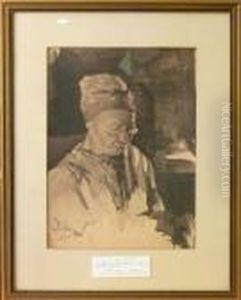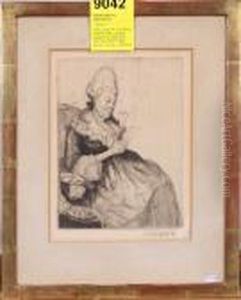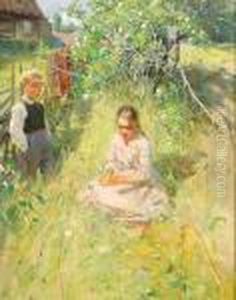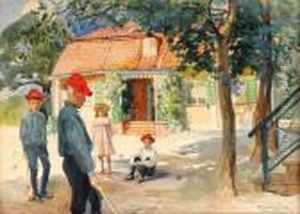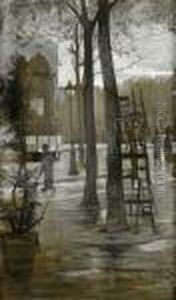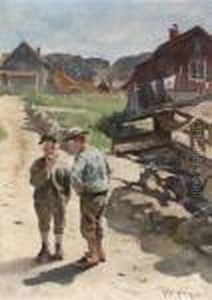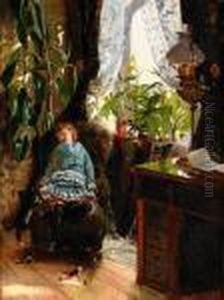Alf, Alfred Wallander Paintings
Alfred Wallander, born Johan Alfred Wallander on September 1, 1862, in Halmstad, Sweden, was a Swedish painter and decorative artist who made notable contributions to the Swedish art scene in the late 19th and early 20th centuries. He was part of a generation of artists who sought to break away from the academic traditions of the time, and he became known for his landscape paintings and decorative works.
Wallander studied at the Royal Swedish Academy of Fine Arts in Stockholm, where he honed his skills and developed his style. He was influenced by the naturalist and realist movements, which emphasized observation and depiction of the natural world. Wallander's landscape paintings often reflected the Swedish countryside, capturing the unique light and atmosphere of the Nordic environment. He was particularly adept at painting the effects of sunlight and shadow, which added a sense of depth and realism to his works.
Alongside his landscape works, Wallander also undertook decorative projects, including mural paintings for public and private buildings. His decorative art was characterized by a sense of elegance and a harmonious color palette, which earned him commissions from a variety of prestigious clients.
Despite his success as an artist, Wallander's life was marked by personal challenges, including health issues that affected his productivity. He continued to work and exhibit his art throughout Sweden and abroad, but his career was cut short when he died at the age of 52, on February 4, 1914.
Today, Alfred Wallander's paintings are considered important examples of Swedish art from the period, and they can be found in museums and private collections. His work remains appreciated for its contribution to the development of naturalism and realism in Swedish painting, and he is remembered as an artist who captured the essence of the Swedish landscape with sensitivity and skill.
